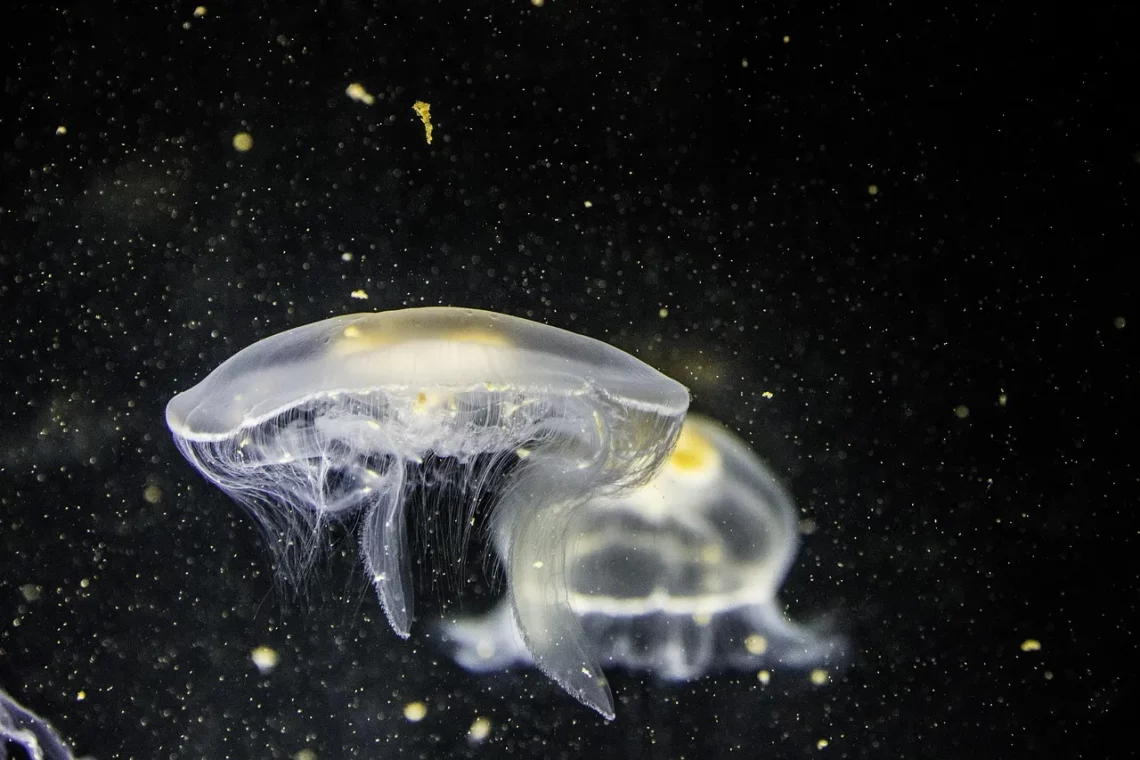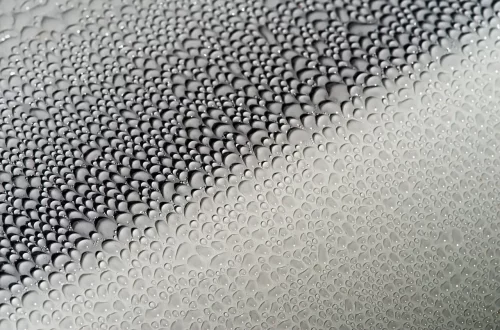
Exploring the Fascinating World of Yellow Rainbow Fish
The vibrant and mesmerizing world of aquatic life has always intrigued enthusiasts and casual observers alike. Among the myriad of species that inhabit our oceans, rivers, and lakes, the yellow rainbow fish stands out with its striking appearance and captivating behavior. These fish, known for their brilliant yellow hue and lively nature, have become a popular choice among aquarium hobbyists and are a testament to the diversity of life beneath the waves.
Originating from the pristine waters of Australia and New Guinea, yellow rainbow fish belong to the family Melanotaeniidae, which includes a variety of colorful freshwater fish. Their vibrant coloration and social disposition make them not only an attractive addition to home aquariums but also a fascinating subject for study. These fish thrive in schools and exhibit a range of social behaviors that highlight their intelligence and adaptability.
In addition to their aesthetic appeal, yellow rainbow fish play a significant role in their natural ecosystems. They contribute to the biodiversity of their habitats and serve as a food source for various predators. Understanding their environmental needs and behaviors can help aquarists create the ideal habitat for them in captivity. This article delves into the captivating characteristics, care requirements, and social dynamics of yellow rainbow fish, offering insights for enthusiasts and researchers alike.
Characteristics of Yellow Rainbow Fish
Yellow rainbow fish are often celebrated for their stunning visual appeal. The males typically exhibit a brighter yellow coloration compared to females, especially during the breeding season. Their bodies are elongated and streamlined, enabling them to navigate through the water with agility. The dorsal and anal fins are usually adorned with vibrant hues of blue and green, further enhancing their beauty.
In terms of size, yellow rainbow fish usually reach an average length of 3 to 4 inches, making them suitable for a variety of aquarium sizes. Their peaceful demeanor allows them to coexist harmoniously with other community fish, adding to their popularity among aquarium enthusiasts. When kept in groups, these fish often display dynamic schooling behavior, which is not only visually appealing but also essential for their well-being.
Additionally, yellow rainbow fish are known for their adaptability to different water conditions. They thrive in slightly acidic to neutral pH levels and prefer a water temperature range between 72°F and 78°F. This adaptability makes them a reliable choice for both novice and experienced aquarists. Their hardiness allows them to tolerate minor fluctuations in water quality, although maintaining optimal conditions will ensure their health and longevity.
Moreover, yellow rainbow fish possess a unique characteristic called “sexual dimorphism,” which means that males and females exhibit distinct physical traits. This feature becomes particularly pronounced during mating rituals, where males display their most vibrant colors to attract females. This behavior not only highlights their beauty but also plays a crucial role in their reproductive success.
Habitat and Care Requirements
Creating an optimal habitat for yellow rainbow fish is essential for their health and well-being. In the wild, these fish inhabit freshwater lakes and rivers with plenty of vegetation, providing them with shelter and foraging opportunities. To replicate these conditions in an aquarium, it is important to incorporate live plants and decorations that mimic their natural environment.
When setting up a tank for yellow rainbow fish, aim for a minimum size of 30 gallons if you plan to keep a school of six or more individuals. Providing ample swimming space is crucial, as these fish are active swimmers. Soft, sandy substrates are ideal, as they allow for natural behaviors like digging and foraging. Additionally, including driftwood and rocks can create hiding spots, helping to reduce stress among the fish.
Water quality is a significant factor in the care of yellow rainbow fish. Regular water changes and monitoring of ammonia, nitrite, and nitrate levels are essential. Maintaining a stable temperature and pH level will promote a healthy environment for these fish. It is also advisable to use a quality water conditioner to remove harmful chemicals from tap water before introducing it into the aquarium.
Feeding yellow rainbow fish is relatively straightforward. These omnivorous fish thrive on a varied diet that includes high-quality flakes, pellets, and live or frozen foods such as brine shrimp and daphnia. Offering a balanced diet will not only enhance their coloration but also support their overall health and vitality. Observing their feeding behavior can provide insight into their health; a healthy fish will actively seek food and exhibit enthusiasm during feeding times.
Social Behavior and Breeding
The social dynamics of yellow rainbow fish are fascinating and complex. These fish are inherently social creatures, and they thrive in groups. In the wild, they are often found in schools, which provide safety in numbers and opportunities for social interaction. When kept in aquariums, it is recommended to maintain a minimum group of six to eight individuals to promote natural behaviors and reduce stress.
In terms of hierarchy, male yellow rainbow fish often establish dominance within their schools. This is typically displayed through vibrant color displays and behaviors such as chasing. However, these interactions are generally non-aggressive, and conflicts are usually resolved without harm. Providing enough space and hiding spots can help mitigate any potential stress related to hierarchy.
Breeding yellow rainbow fish can be an exciting endeavor for aquarists. During the breeding season, males exhibit their brightest colors and engage in courtship displays to attract females. The breeding process involves the female laying eggs among plants or substrate, which the male then fertilizes. Unlike some other species, yellow rainbow fish do not exhibit parental care, so it is essential to remove the adults after spawning to prevent them from eating the eggs.
Once the eggs hatch, the fry are typically free-swimming within a few days. Providing a separate nursery tank with suitable food, such as infusoria or finely crushed flakes, is crucial for ensuring the survival of the young fish. As they grow, they can be gradually introduced to the main tank, where they can thrive alongside their adult counterparts.
Conservation and Environmental Impact
The conservation status of yellow rainbow fish is an important consideration for aquarists and enthusiasts alike. While these fish are relatively abundant in their natural habitats, habitat destruction, pollution, and climate change pose significant threats to their populations. Preserving the ecosystems in which they live is crucial for maintaining biodiversity and ensuring the continued existence of these stunning fish.
Conservation efforts focused on freshwater ecosystems can have a positive impact on yellow rainbow fish and other aquatic species. Protecting water quality and restoring natural habitats can help mitigate the effects of pollution and habitat loss. Additionally, promoting sustainable aquarium practices, such as sourcing fish from reputable breeders rather than wild captures, can contribute to the conservation of these species.
Aquarists can also play a role in conservation by participating in citizen science initiatives, such as monitoring local water quality and reporting changes in fish populations. Educating others about the importance of preserving aquatic ecosystems and the species that inhabit them can foster a sense of responsibility and encourage environmentally friendly practices.
In conclusion, the yellow rainbow fish is not only a captivating species for aquarium enthusiasts but also an integral part of our freshwater ecosystems. Their beauty, social behavior, and adaptability make them a remarkable addition to any aquatic environment. By understanding their needs and supporting conservation efforts, we can help ensure that future generations will continue to enjoy the vibrant world of yellow rainbow fish.
**Disclaimer:** This article is for informational purposes only and should not be considered medical advice. Always consult with a qualified healthcare provider for health-related concerns.




